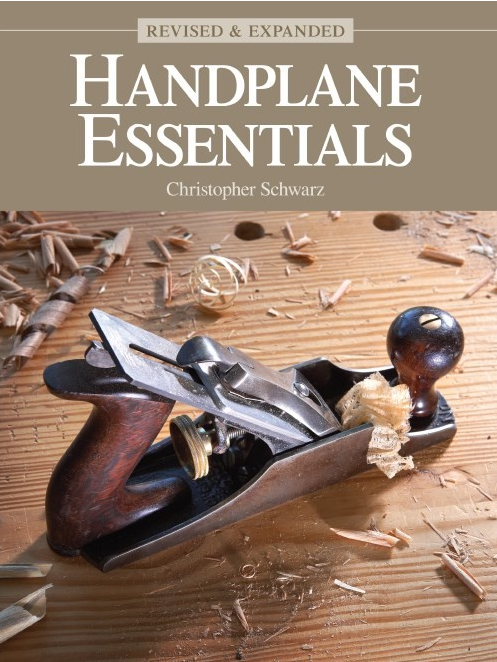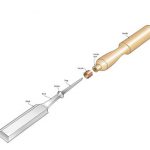We may receive a commission when you use our affiliate links. However, this does not impact our recommendations.
 When Scott Francis at Popular Woodworking Books asked me to revise my 2009 book “Handplane Essentials,” I thought it would be a short job. The plan was to add a handful of articles I’d written on specialty planes and update the text to accurately reflect toolmakers who had entered or left the market since the book was first published.
When Scott Francis at Popular Woodworking Books asked me to revise my 2009 book “Handplane Essentials,” I thought it would be a short job. The plan was to add a handful of articles I’d written on specialty planes and update the text to accurately reflect toolmakers who had entered or left the market since the book was first published.
I started revising the book in May of 2016. And the job that I thought would take two weeks (at most) ended up taking three entire months of my life during all waking hours. Why did this happen?
While little has changed in the way that steel cuts wood, lots has changed in the toolmaking industry. Many players have entered the market and lots have left. And even the makers who were around in 2009 have expanded or greatly changed their lines of handplanes.
So I needed to update almost every paragraph in the book to reflect the tools that are now available. I needed to excise jigs from makers who had gone out of business. I needed to revise the sections on sharpening to reflect new stones and honing guides that are now available.
And I needed to write and photograph more than a dozen new articles from scratch to fill in areas of the book that I thought needed expanding, particularly the section on using moulding planes, plus adding a photographic section that shows strategies for how to process stock by hand.
In addition, to be fair, a few of my opinions have changed since “Handplane Essentials” was released eight years ago. While I used to prefer taming tear-out with a tight mouth or a high cutting angle, I’ve since become much better at using chipbreakers (also called “back irons”). So I needed to add an entire new section on chipbreakers and rewrite lots of copy to reflect my new respect for the chipbreaker.
So while it’s fair to say I revised “Handplane Essentials,” it might be more accurate to say I rewrote it and expanded it. If you own the previous edition, you’ll find lots of new content in the revised book. And if you are new to handplanes, you’ll find this book a deep dive into every aspect of this important woodworking tool, from block planes to joinery planes, scrub planes to smoothers, complex moulders to specialty trimming tools.
After working with planes since I was a boy, I can say the world of handplanes is practically endless. And “Handplane Essentials” is a great introduction to that world for almost any woodworker.
— Christopher Schwarz
Here are some supplies and tools we find essential in our everyday work around the shop. We may receive a commission from sales referred by our links; however, we have carefully selected these products for their usefulness and quality.










After watching Ron Hock’s recent video in which he changed my perception of a card scraper by describing it as essentially “a small plane” when it has a burr on it, I’ve realized that a close set chip breaker is essentially making a plane into a cabinet scraper, which would explain why it handles tearout better. Very interesting.